Lower Antelope Canyon may not have the same instant name recognition as Upper Antelope Canyon, but for travelers seeking an adventurous slot canyon experience, it’s an unforgettable journey into the heart of Navajo sandstone. With narrow passageways, flowing curves, and a descent into the canyon’s depths via ladders and stairs, this is the kind of tour that blends beauty with a touch of adrenaline.
In this detailed Lower Antelope Canyon tour review, I’ll walk you through the booking process, the unique features of the canyon, what to expect during your visit, and how it compares to both Upper Antelope Canyon and Antelope Canyon X so you can decide which experience is right for you.
📅 Booking Your Lower Antelope Canyon Tour
Like all Antelope Canyon tours, Lower can only be visited with a licensed Navajo guide. Multiple authorized companies operate tours, and you should book your spot in advance, especially during spring and summer when visitor numbers peak.
Things to consider before booking:
- Best time to visit: Late morning to early afternoon offers the brightest conditions for photography, but the canyon’s narrow design means it has beautiful lighting throughout the day.
- Tour duration: Most tours last about 60–90 minutes.
- Cost: Expect to pay $50–$90 per person, including Navajo Nation fees.
- Fitness level: The tour involves climbing stairs, navigating ladders, and walking through tight spaces—so it’s best suited for moderately active visitors.
💡 Leila’s Tip: If you have mobility issues or prefer an easier walk, Upper Antelope Canyon is a better choice. But if you enjoy a more hands-on, physical experience, Lower Antelope Canyon will leave you in awe.
🚐 Lower Antelope Canyon Tour Experience: Step by Step
1. Check-In and Orientation
Your adventure begins just a short drive from Page, Arizona, where the tour operator’s office sits against a backdrop of the open desert. Upon arrival, you’ll check in at the front desk, present your booking confirmation, and sign a waiver. The staff and guides greet visitors warmly, often dressed in Navajo Nation-branded shirts or hats, and their friendly but efficient manner keeps things moving smoothly.
While waiting for your group to be called, you’ll likely notice travelers from all over the world, cameras in hand, talking excitedly about the canyon’s beauty. Your guide will eventually gather the group, explaining safety protocols, photography tips, and the cultural significance of the canyon. They’ll emphasize that Lower Antelope Canyon is on sacred Navajo land, and treating it with respect is essential.
💡 Leila’s Tip: Arrive 30 minutes early, if you miss your scheduled departure, there’s rarely room to join another group later.
2. The Short Walk to the Canyon Entrance
Once the group is ready, you’ll leave the check-in area and begin a short, flat walk across open desert terrain toward the canyon. The approach is unassuming, the desert floor is a mix of red sand and small tufts of grass, and the horizon seems endless. Ahead, you’ll spot what looks like a narrow crack in the earth. This is the entrance to Lower Antelope Canyon, a slit in the sandstone that hides an entire world beneath the surface.
The closer you get, the more you realize how discreet this entrance is, you could pass by it entirely if you didn’t know where to look.
3. Descending into the Canyon
Unlike Upper Antelope Canyon, which you walk directly into, Lower Antelope Canyon requires a descent down steep metal staircases bolted to the rock. This part feels adventurous, almost like stepping into an underground maze. The stairs can be narrow and steep in sections, but they are sturdy and have handrails.
As you descend, the air temperature drops noticeably, and the light shifts from blinding desert brightness to a warm, diffused glow bouncing off the sandstone walls. The scent of cool, dry stone surrounds you, and the sound of footsteps echoes softly.
4. Navigating the Narrow Passageways
Once inside, the path winds through twisting, sculpted corridors. The walls rise high above your head, swirling in shades of burnt orange, rose gold, and deep purple depending on the time of day. Some sections open into wider chambers where you can pause and look up at a ribbon of blue sky, while others tighten so much you have to turn sideways to pass through.
Metal ladders and short staircases appear at various points, helping you navigate changes in elevation within the canyon. These climbs add a physical element that makes Lower Antelope Canyon feel more like an adventure than a gentle walk. Your guide will keep a careful eye on the group, ensuring everyone moves safely and has time to appreciate the surroundings.
5. Guides and Storytelling
The Navajo guides here are more than just tour leaders, they are storytellers and guardians of the canyon’s history. Along the way, they point out rock formations that resemble animals, people, or waves frozen in motion. Names like “The Seahorse,” “Lady in the Wind,” and “The Wave” bring the sandstone to life.
Many guides also share personal stories or Navajo legends, explaining how flash floods carved the canyon over thousands of years and why the community holds this place in deep respect. These moments give the tour a cultural richness that goes far beyond sightseeing.
6. Photography Stops
The lighting in Lower Antelope Canyon changes constantly as sunlight filters through the narrow cracks above. Your guide knows exactly where the colors are at their most vibrant, and they’ll often suggest the perfect spot to stand for a shot. They may even take your camera or phone and frame a picture for you, knowing the angles that capture the canyon’s beauty best.
Unlike Upper Antelope Canyon, Lower doesn’t have as many dramatic light beams, but the shapes and textures here are far more intricate. The play of light and shadow along the undulating walls is perfect for abstract, artistic photos.
7. Climbing Back to the Surface
The canyon’s exit gradually ascends via a series of ladders and rock steps. You’ll feel the temperature rise as you near the surface, and soon the wide desert horizon reappears. Emerging from the shadows back into full sunlight feels almost surreal like you’ve just stepped out of another world.
From here, it’s a short walk back to the tour office. Most visitors can’t resist flipping through their cameras or phones immediately, eager to relive the beauty they’ve just witnessed.
📷 Photography Tips for Lower Antelope Canyon
- Wide-angle lens: Perfect for capturing the sweeping curves and narrow spaces.
- Low-light settings: The canyon is shaded, so adjust ISO and aperture for brighter, sharper shots.
- Watch the light patterns: Early morning and late afternoon can produce dramatic shadows along the textured walls.
- Use your guide’s expertise: They know the exact spots where the colors and shapes look most striking.
💡 Leila’s Tip: While Lower doesn’t have as many famous light beams as Upper, its shapes and textures are far more intricate—ideal for abstract, artistic shots.
🔍 How Lower Antelope Canyon Compares to Upper Antelope Canyon and Antelope Canyon X
- Lower vs Upper: Upper Antelope Canyon is easier to navigate, has flat ground, and is world-famous for light beams in summer. Lower is more adventurous, with stairs, ladders, and tighter spaces that create a sense of exploration. Upper feels like a majestic hallway, while Lower feels like a twisting maze.
- Lower vs Antelope Canyon X: Canyon X is quieter and less crowded, offering more time for photography and reflection. Lower is busier but provides more physical interaction with the canyon. Canyon X has wider spaces, while Lower is narrow and immersive.
If you want the classic postcard light beam shot, choose Upper. If you want solitude and a slower pace, try Canyon X. But if you want a thrilling, hands-on canyon experience with incredible rock textures, Lower is the one for you.
🎒 What to Bring
- Comfortable walking shoes with good grip
- A camera or smartphone with good low-light performance
- Water bottle (especially in warmer months)
- Minimal personal items—storage space inside the canyon is limited
- Sunscreen for before and after the tour
🧭 Practical Tips for Visiting
- Book early—tours can sell out weeks in advance during peak season.
- Arrive on time—tour operators run on strict schedules.
- Stay hydrated—Arizona’s dry climate can dehydrate you quickly.
- Be respectful—Lower Antelope Canyon is on Navajo land and holds cultural significance.
- Tip your guide—their expertise makes the experience richer.
Final Thoughts from Leila
Lower Antelope Canyon offers an adventurous, immersive way to experience Arizona’s world-famous slot canyons. Its winding passageways, dramatic shapes, and physical challenges make it feel like you’ve stepped into nature’s sculpture gallery.
If you’re looking for a canyon tour that engages both your body and your sense of wonder, Lower Antelope Canyon delivers in every way. And if you want to compare experiences, pair it with Upper Antelope Canyon for iconic light beams or Antelope Canyon X for a peaceful, crowd-free alternative.

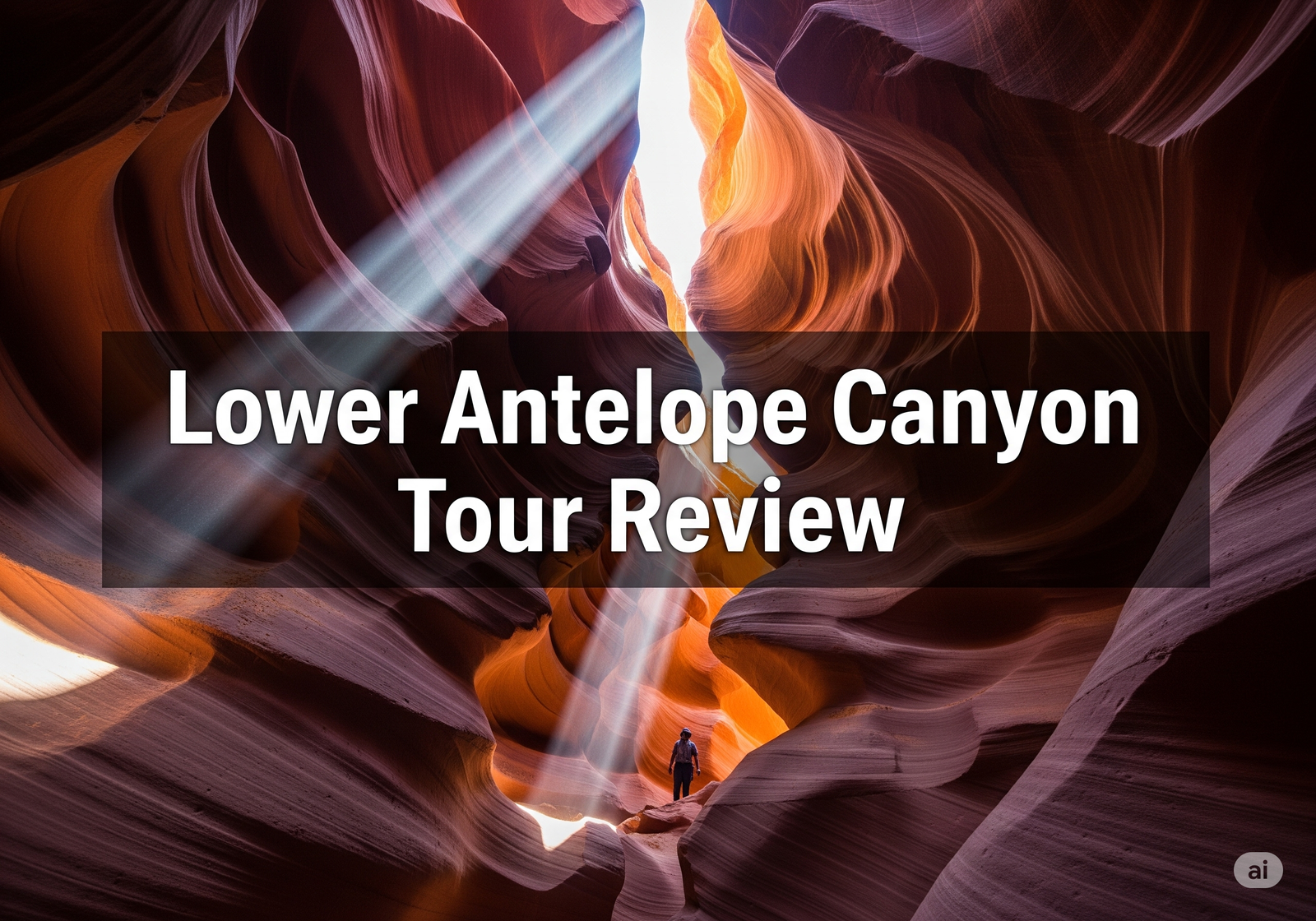
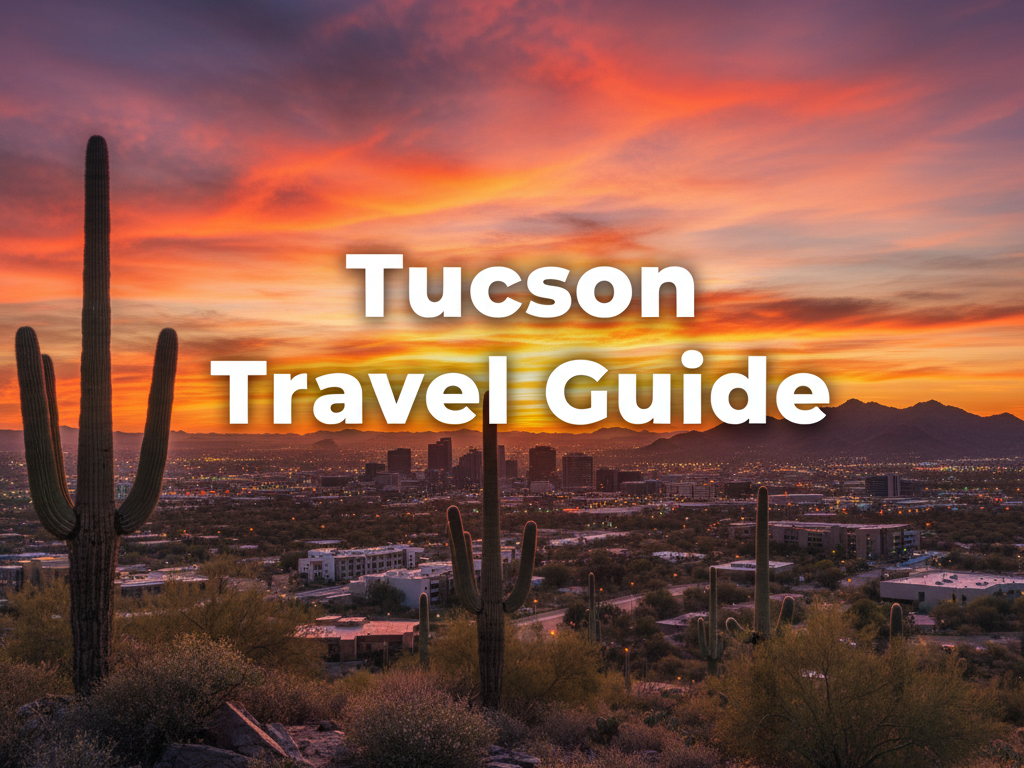


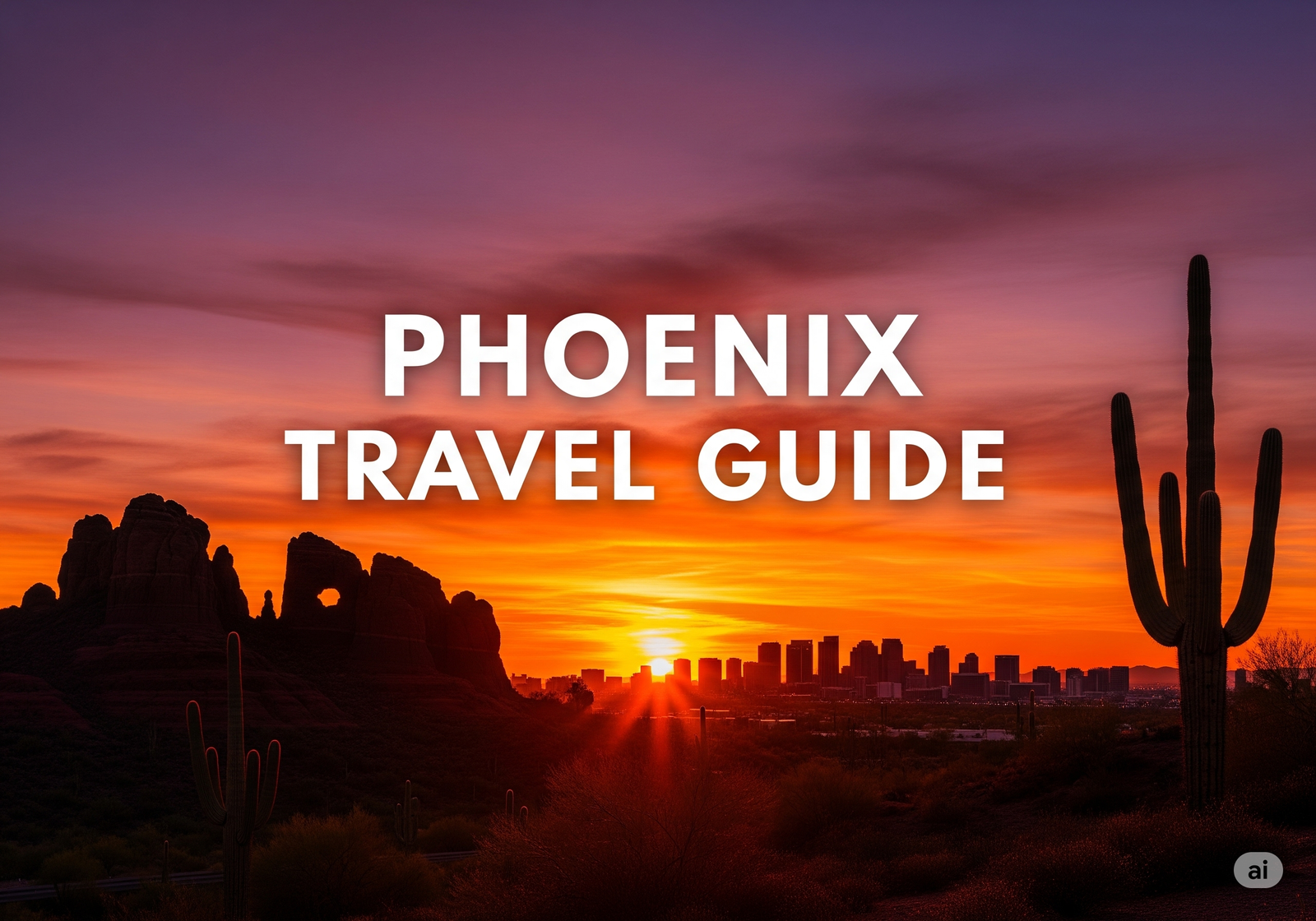
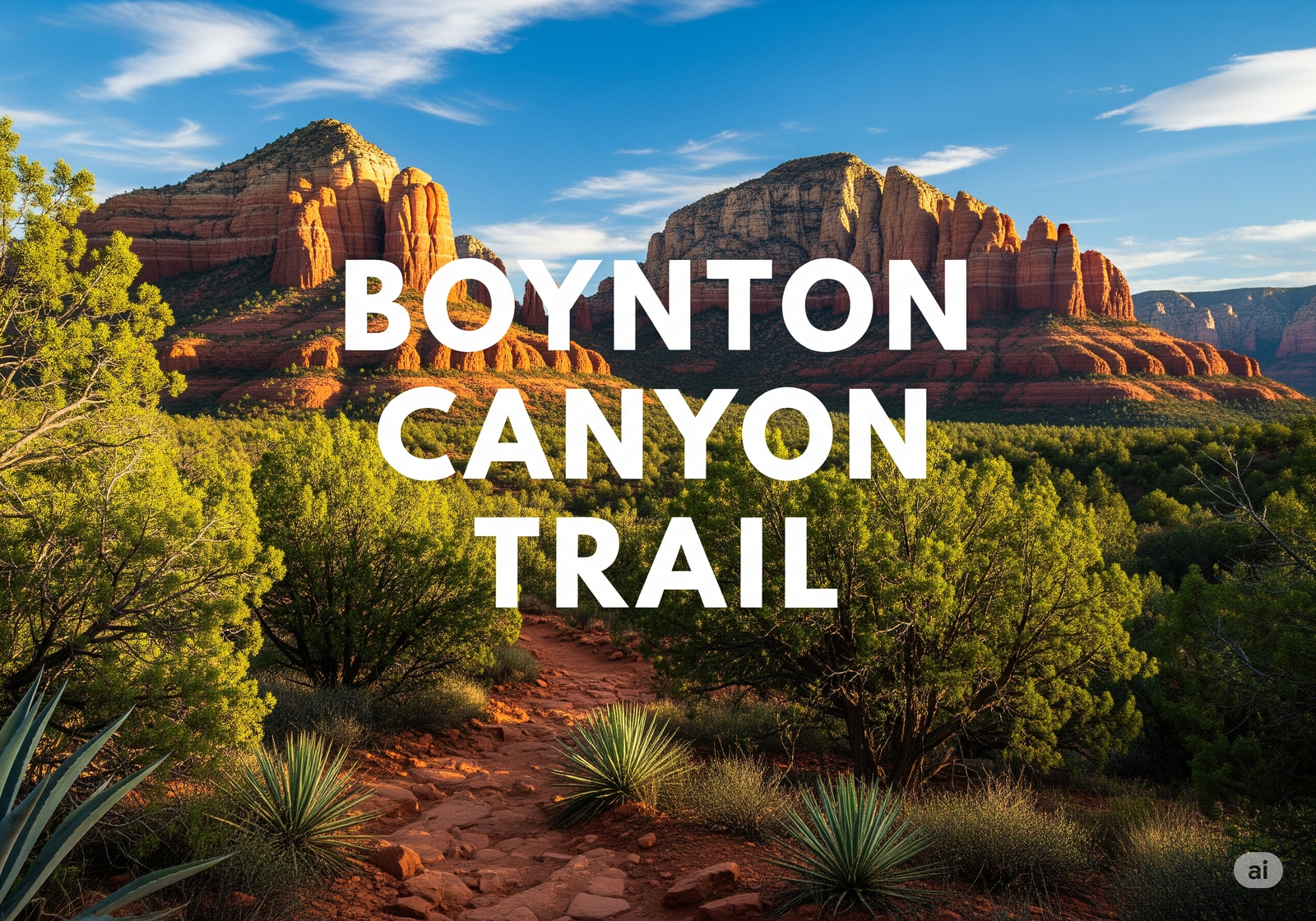
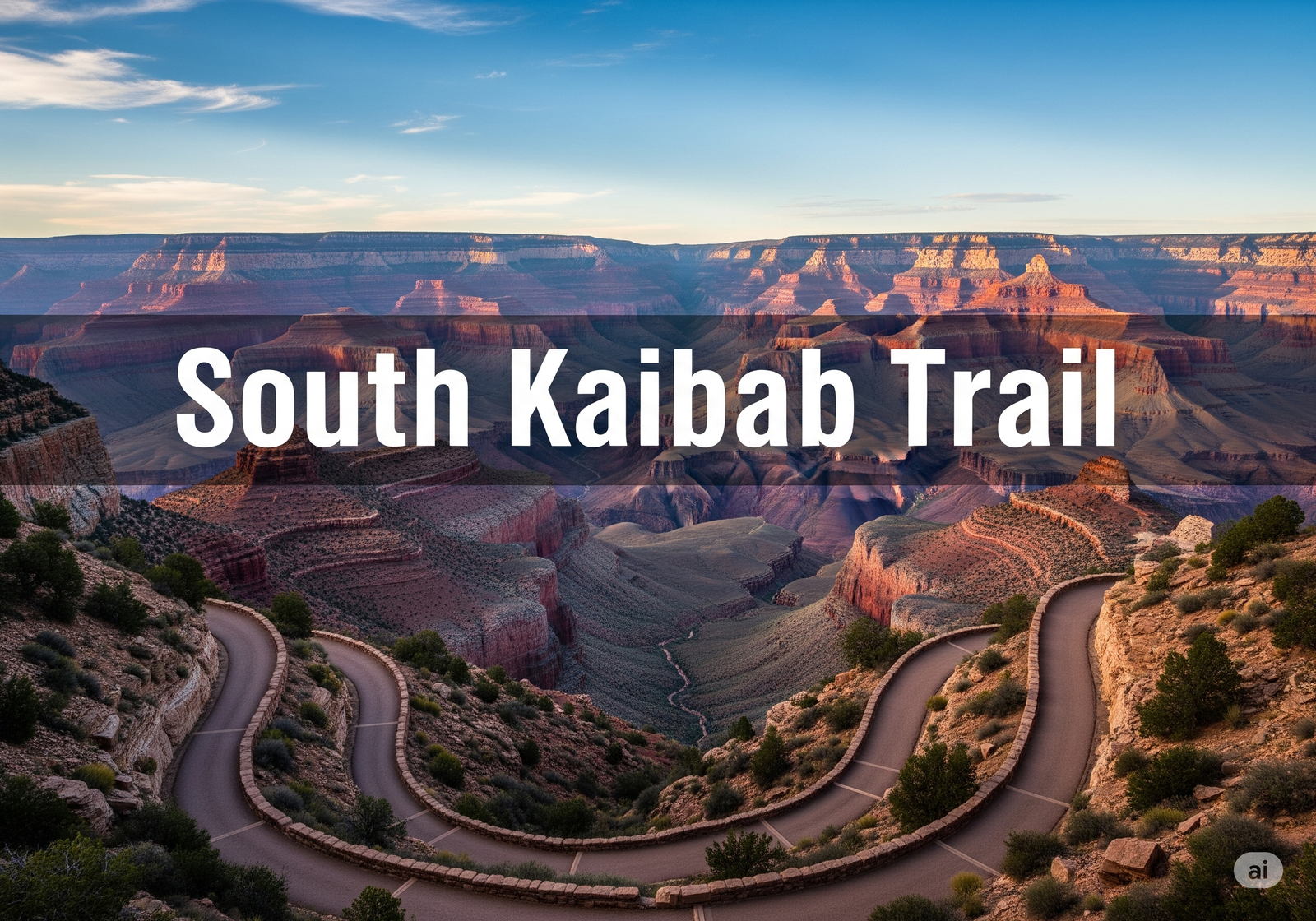
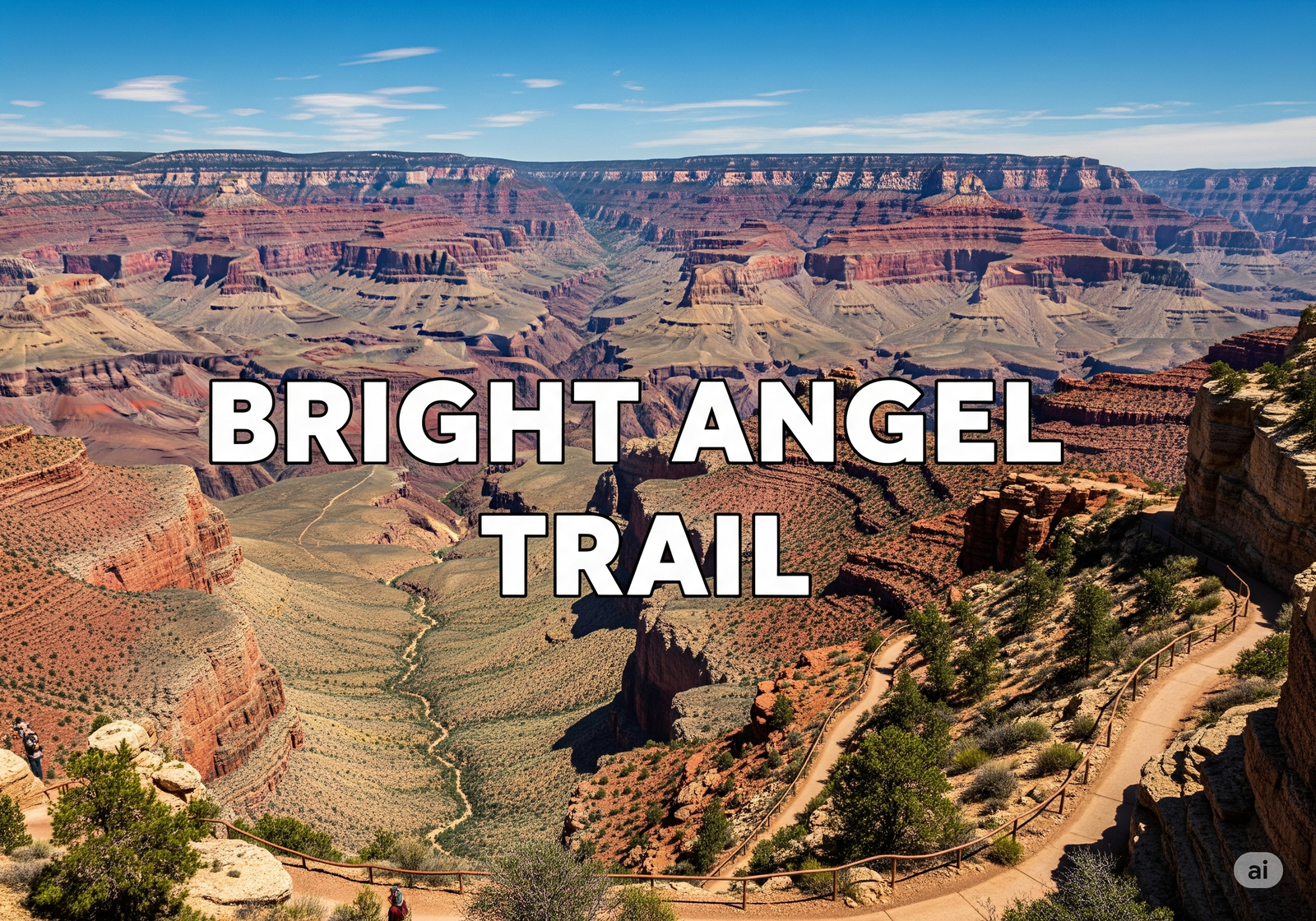
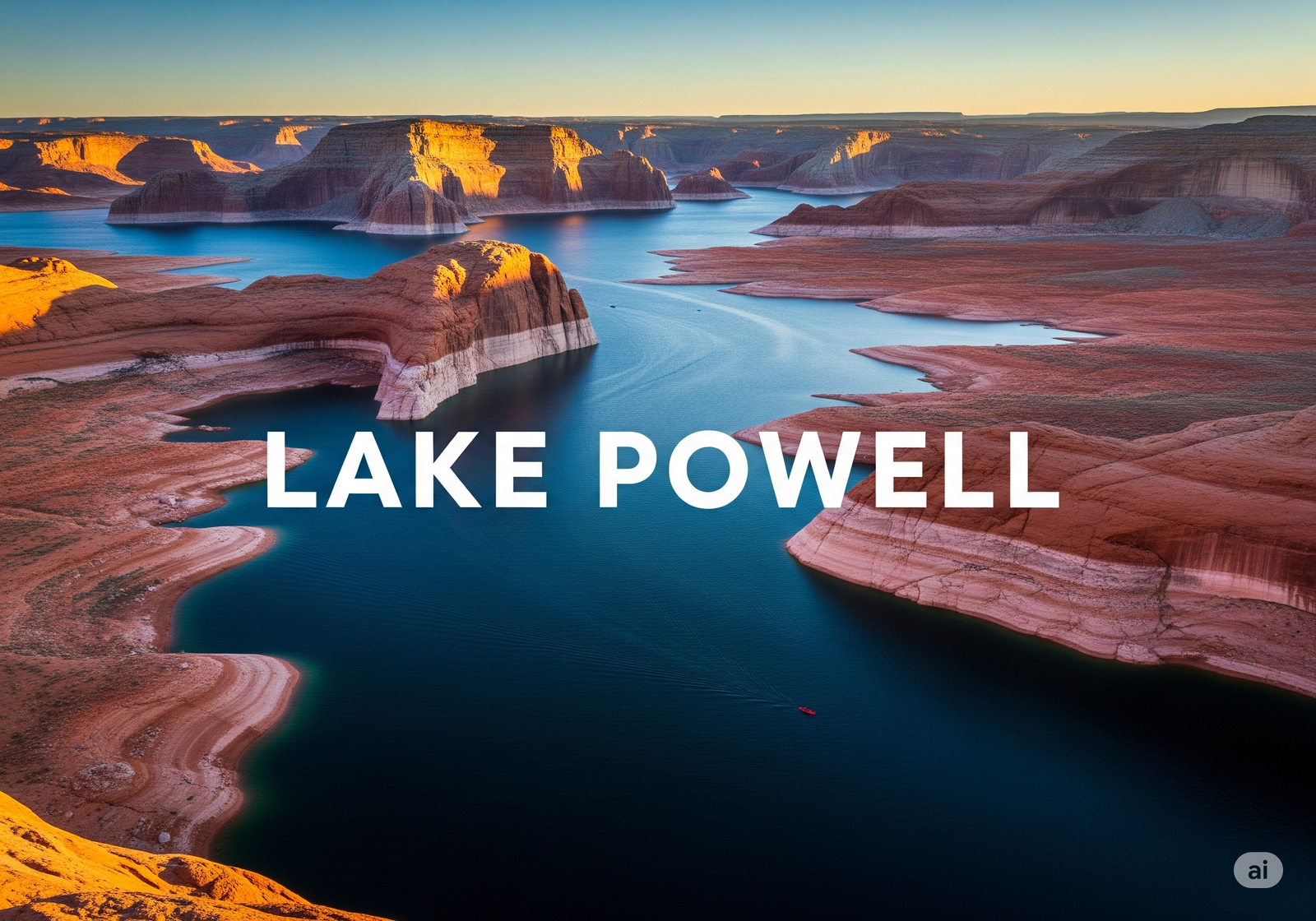
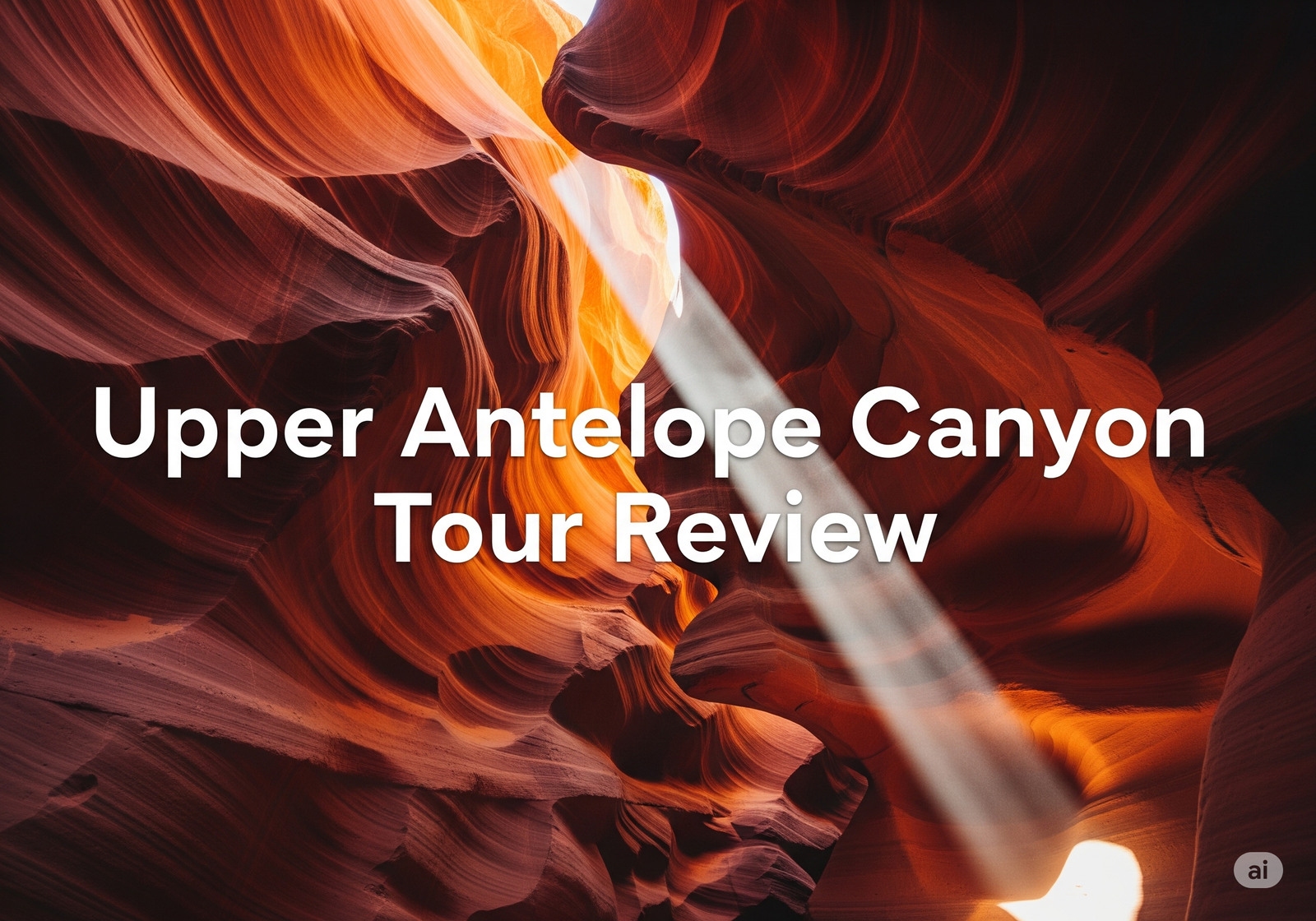
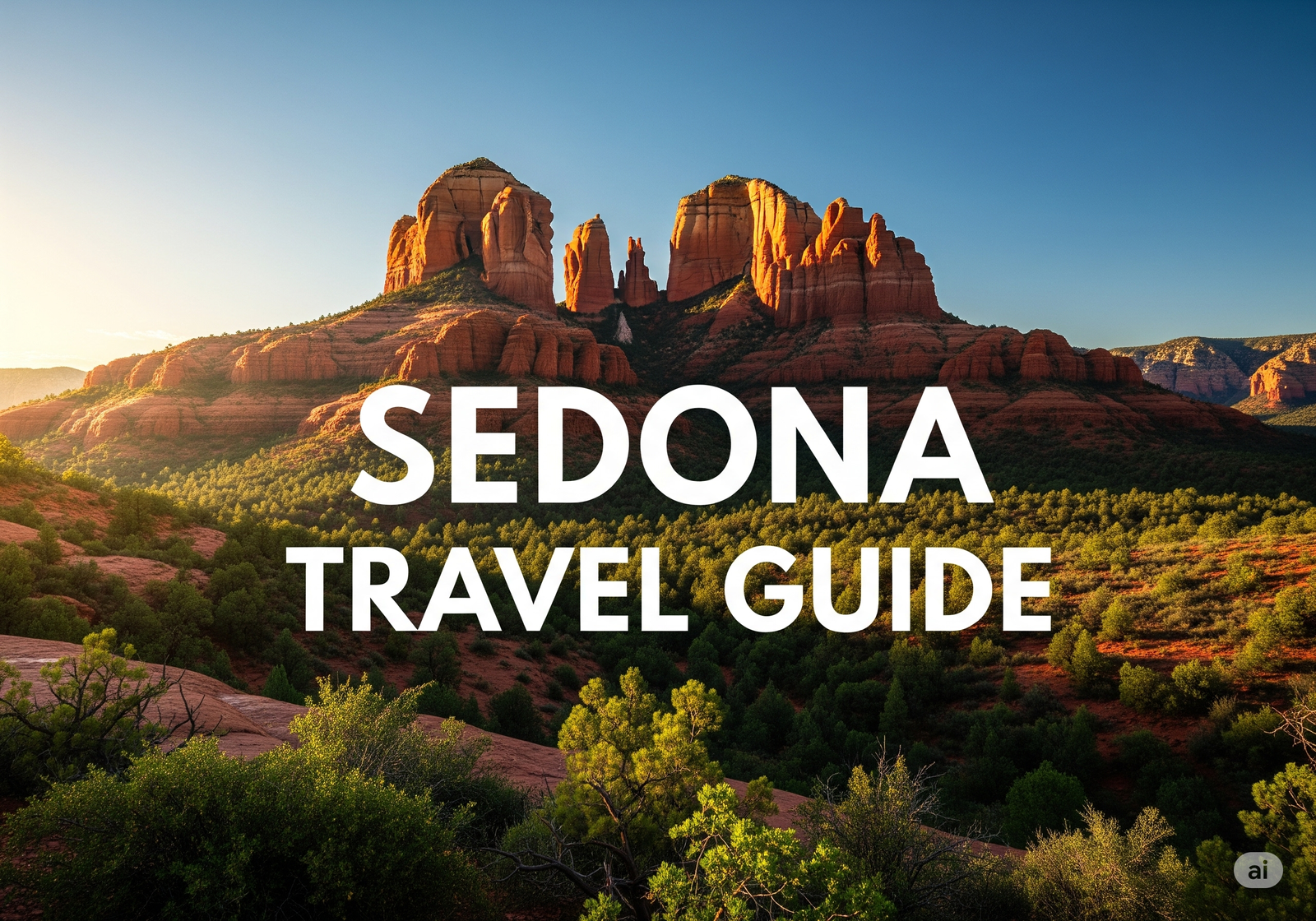
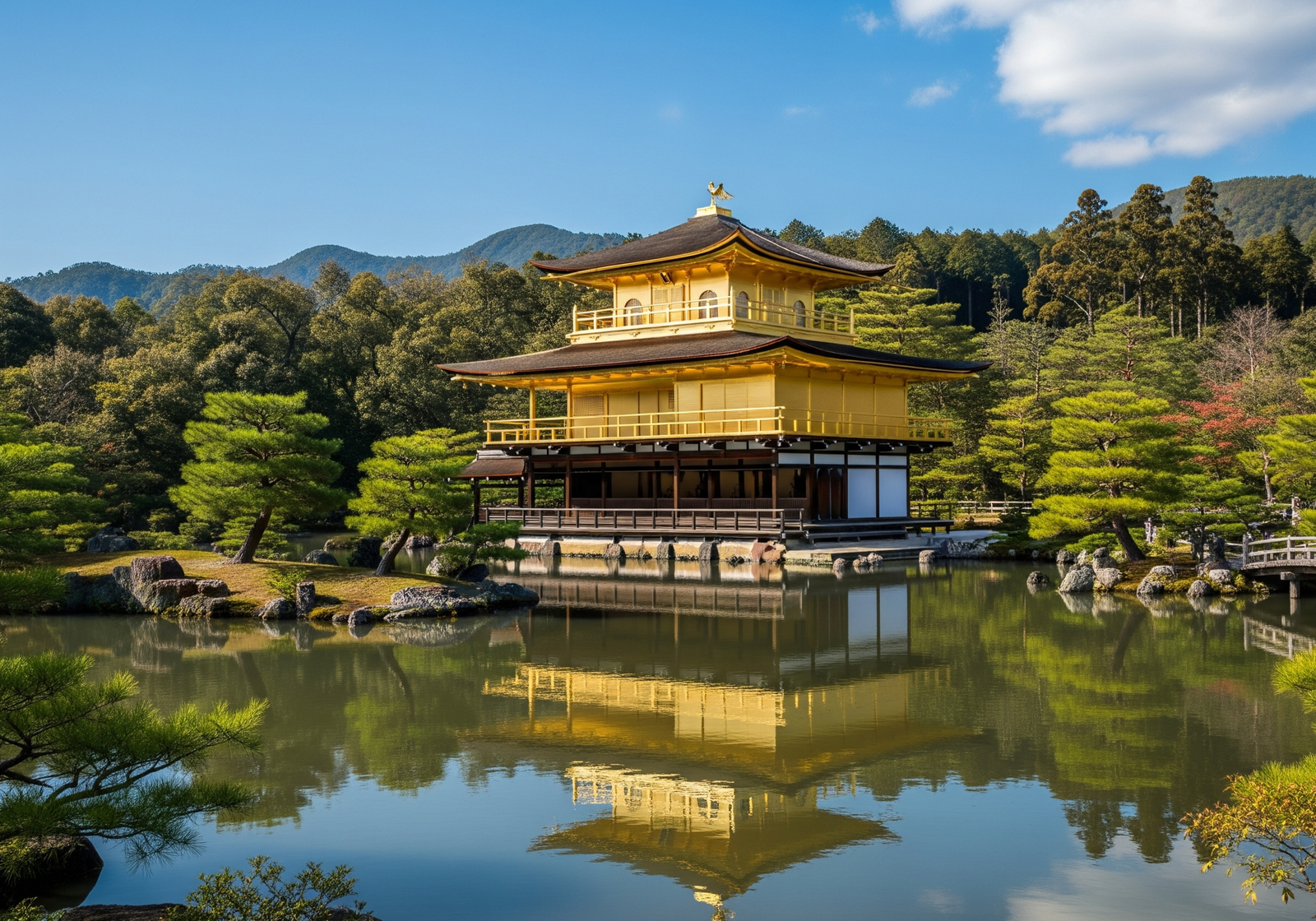



Leave a Reply